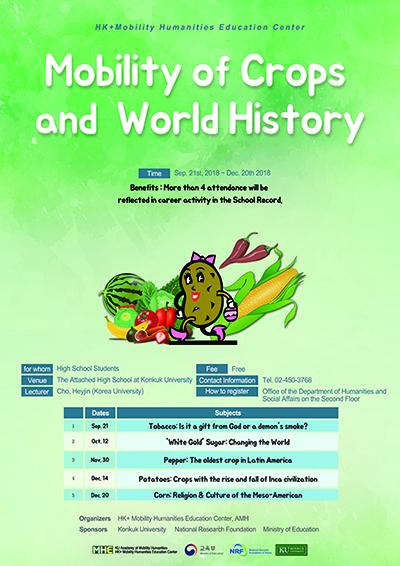Peppers, like potatoes, tobacco, and tomatoes, are eggplants native to the Americas. With varieties such as cayenne, habanero, tabasco, harissa, curry, paprika, and chili, peppers are widely used as spices worldwide. While many might assume peppers originated from regions like India or Turkey, their roots lie in Latin America.
Portuguese explorers played a pivotal role in spreading peppers worldwide. Five years after Columbus arrived in the New World, another significant voyage occurred in 1497. Considering peppers were also known as “Indian pepper,” “Calicut pepper,” or “Guinea pepper,” it’s assumed there might have been a third route from Brazil to Africa and Asia by the Portuguese, bypassing Europe altogether. This lecture explores the path peppers took to reach Africa, highlighting how the transatlantic slave trade influenced the connection between the Americas and Africa. Furthermore, this lecture examines how peppers arrived in Korea and when they became a staple in Korean kimchi recipes.


